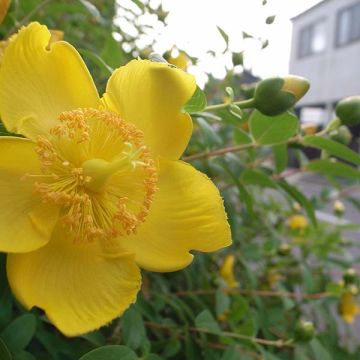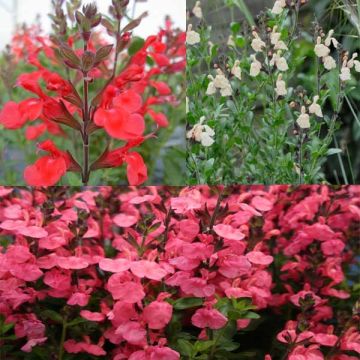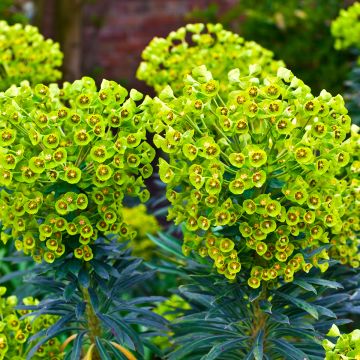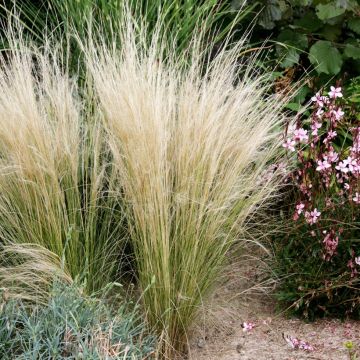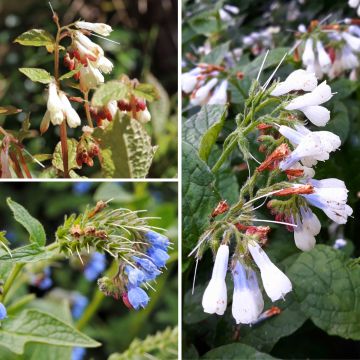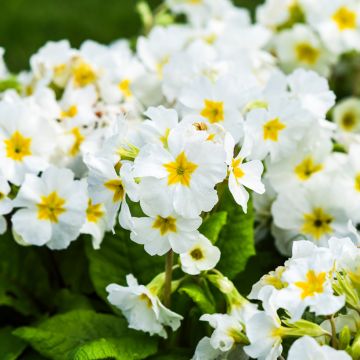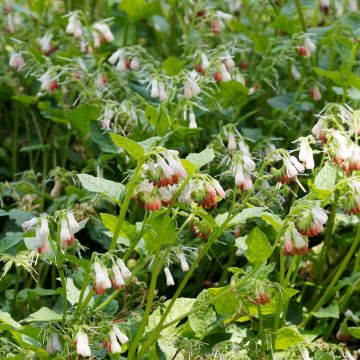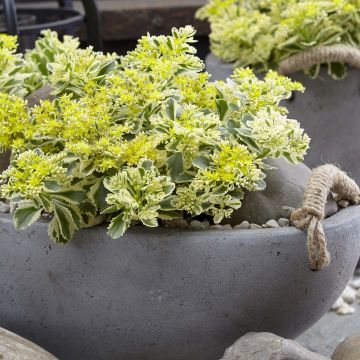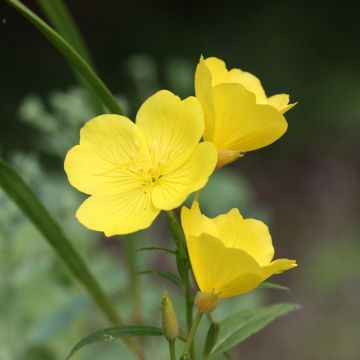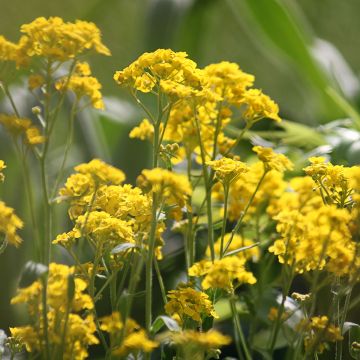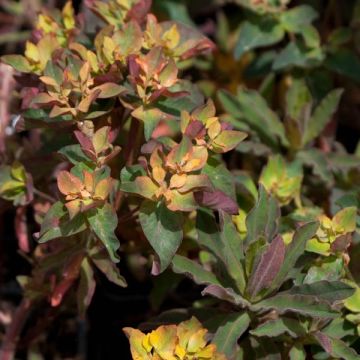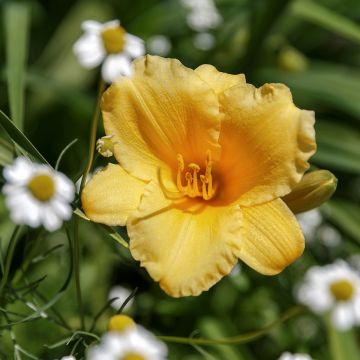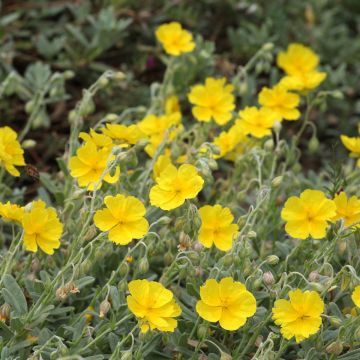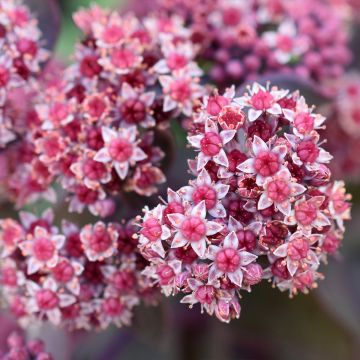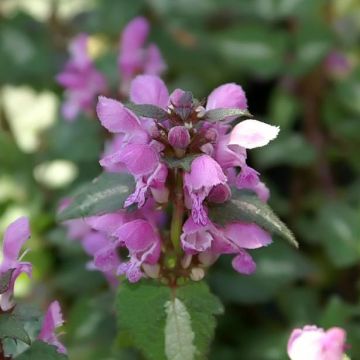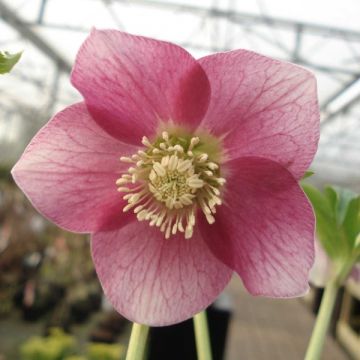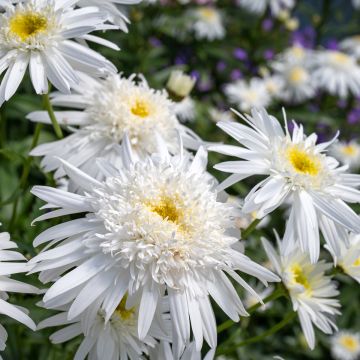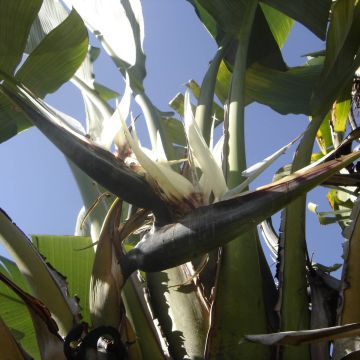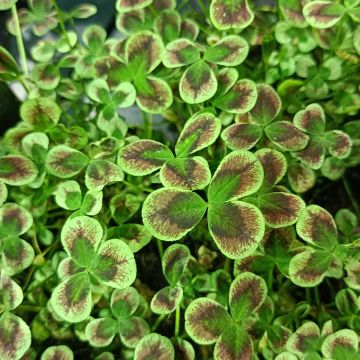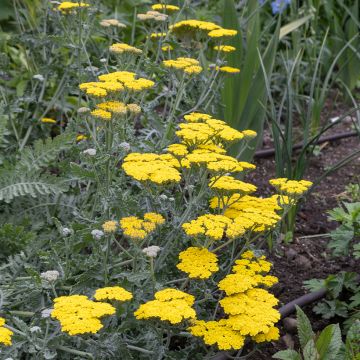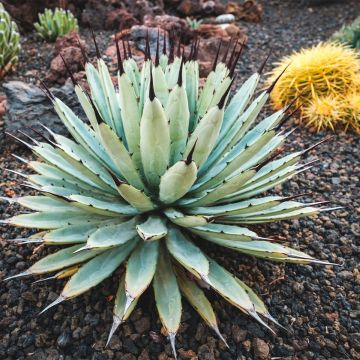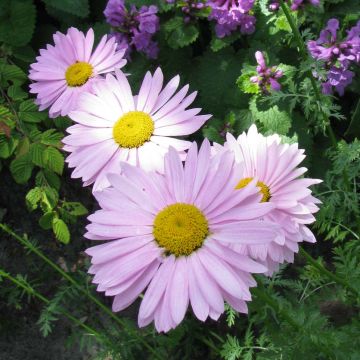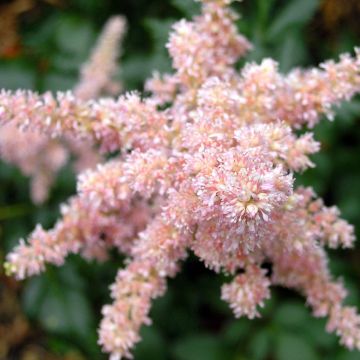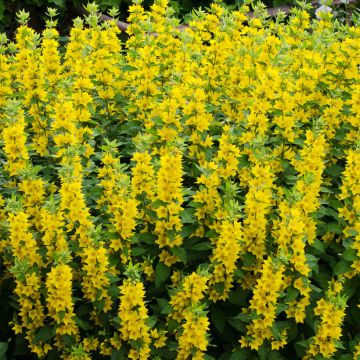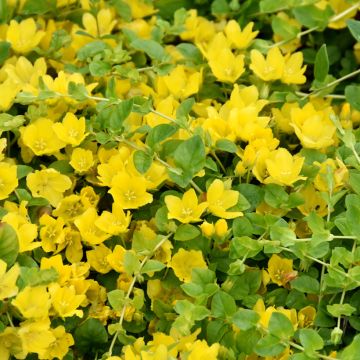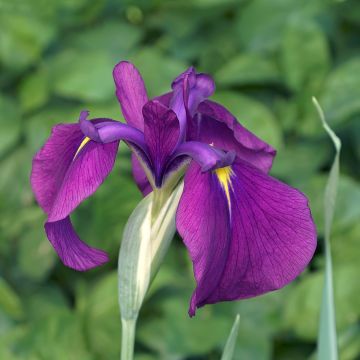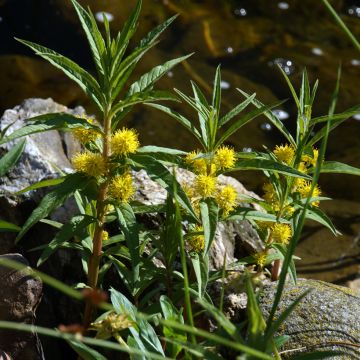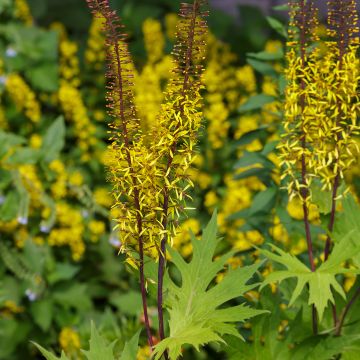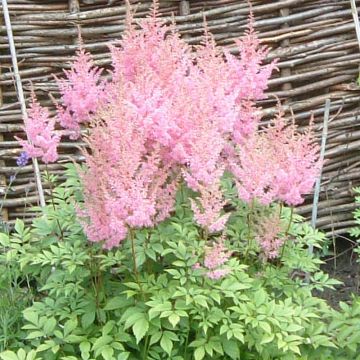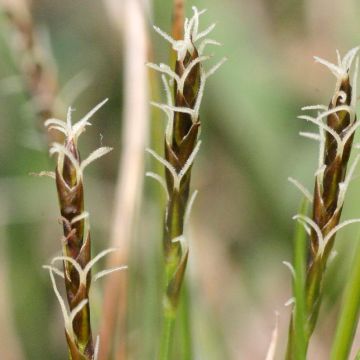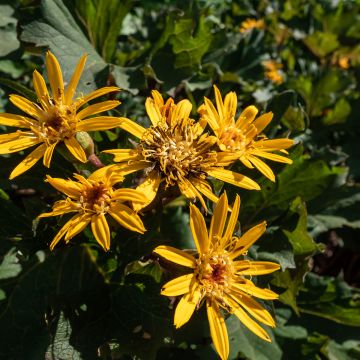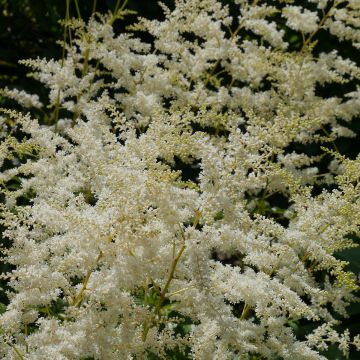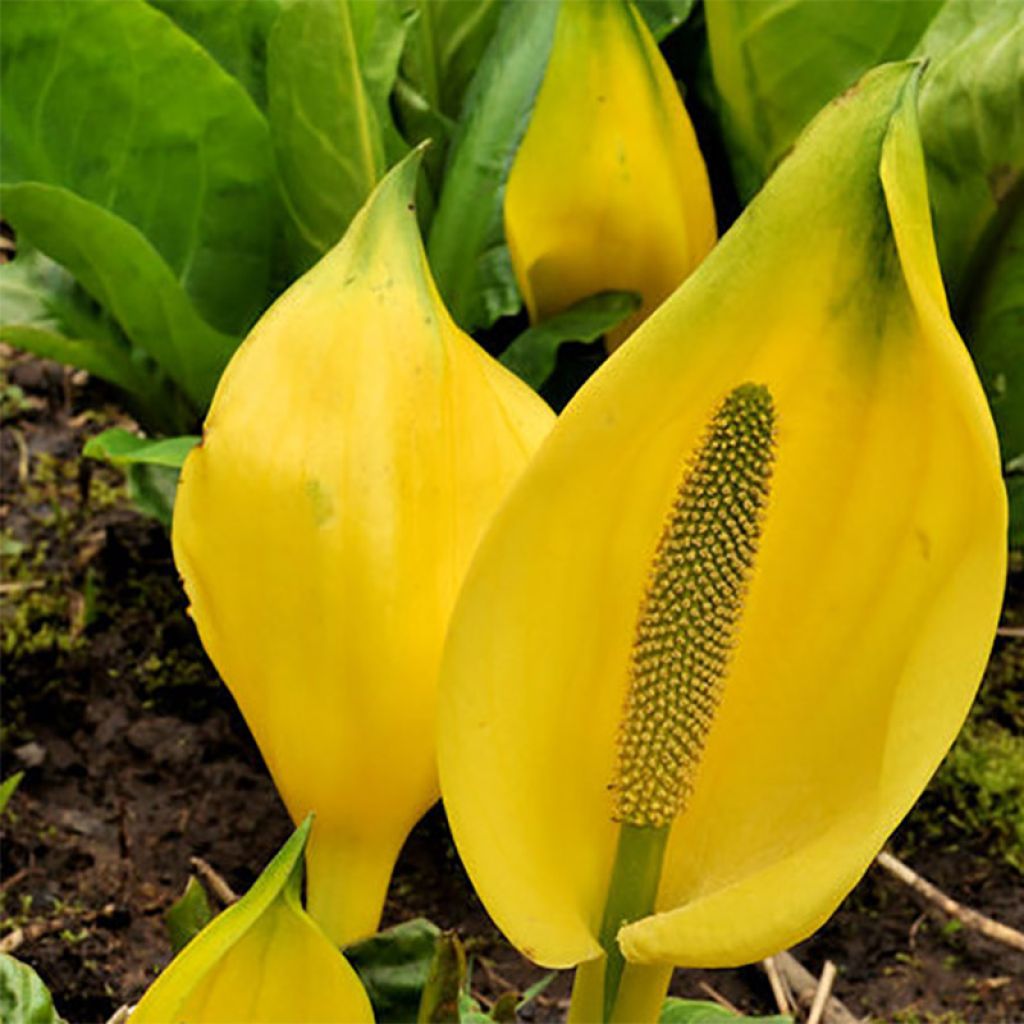

Lysichiton americanus
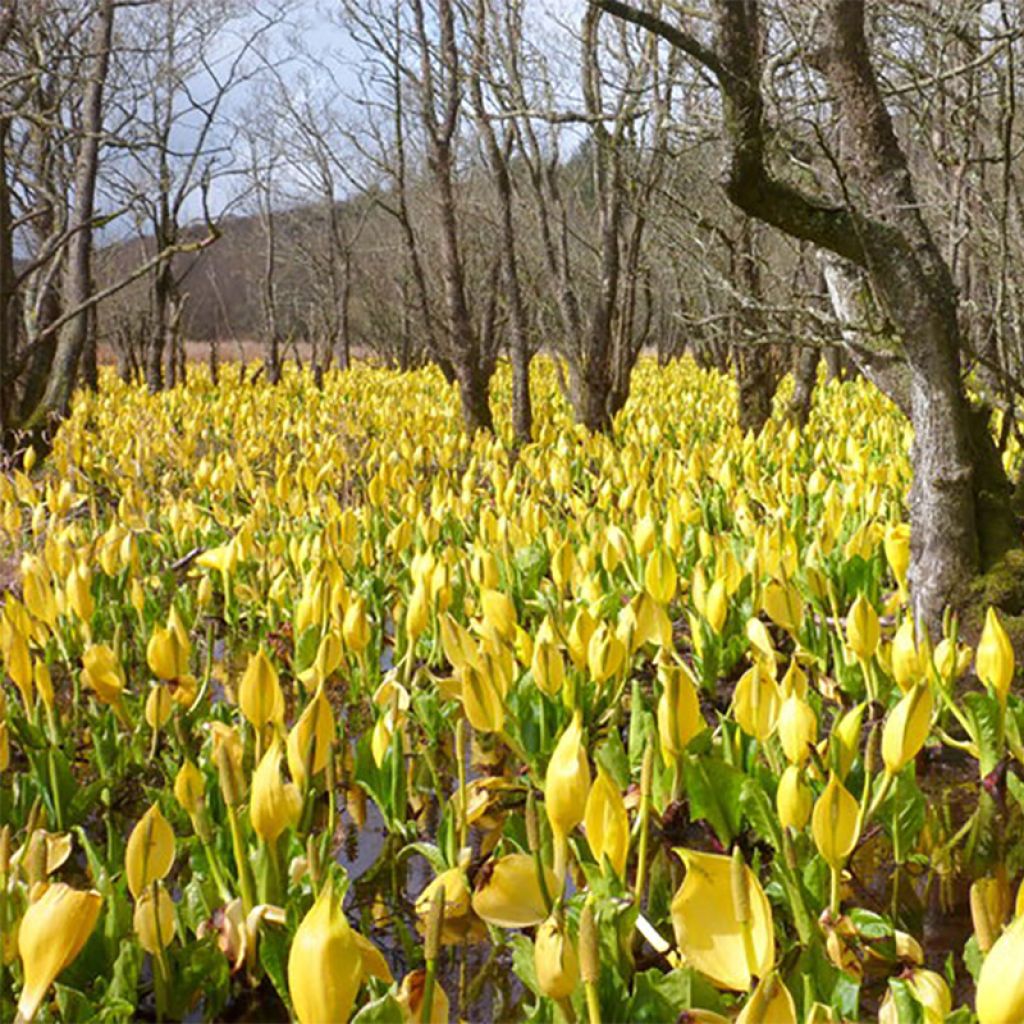

Lysichiton americanus
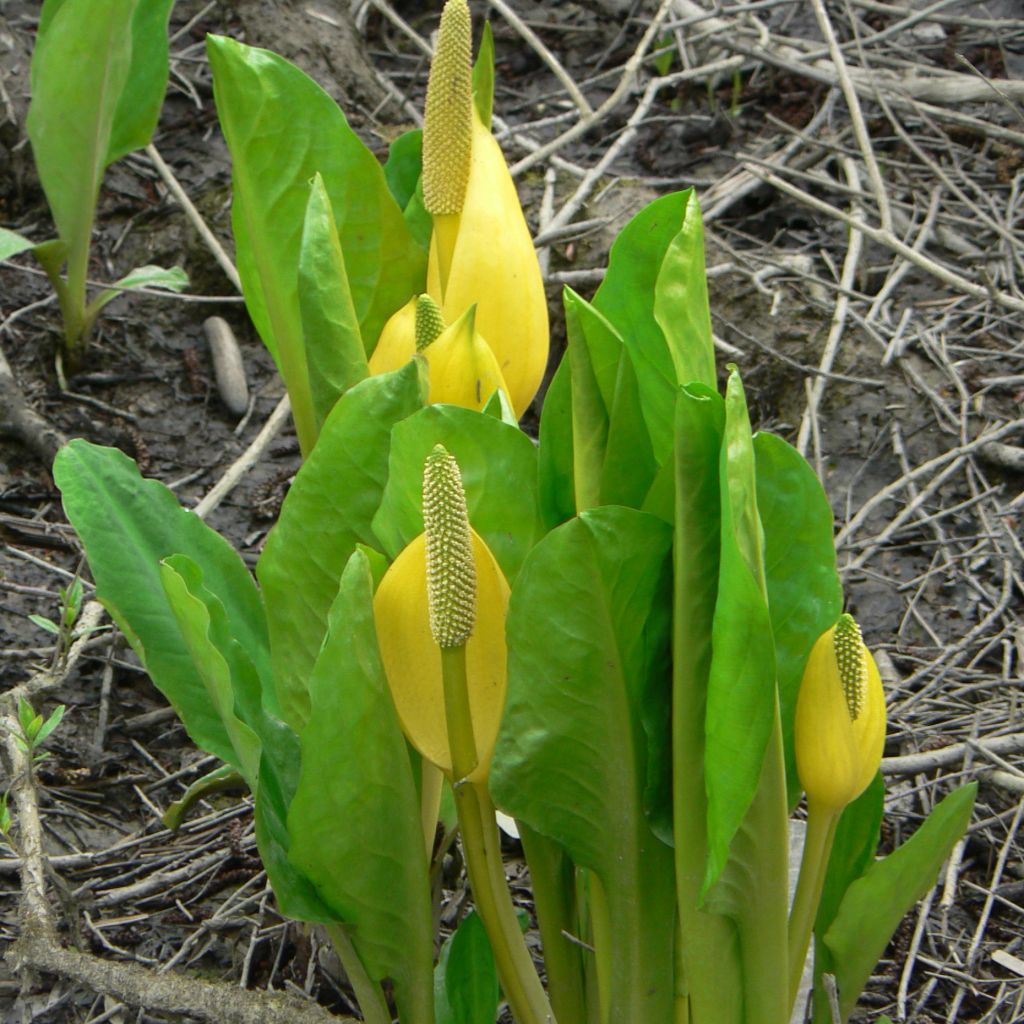

Lysichiton americanus
Lysichiton americanus
Lysichitum americanus
Yellow Skunk Cabbage
Why not try an alternative variety in stock?
View all →This plant carries a 12 months recovery warranty
More information
We guarantee the quality of our plants for a full growing cycle, and will replace at our expense any plant that fails to recover under normal climatic and planting conditions.
From €5.90 for pickup delivery and €6.90 for home delivery
Express home delivery from €8.90.
Does this plant fit my garden?
Set up your Plantfit profile →
Description
IMPORTANT: for the preservation of our natural ecosystems and in accordance with European Regulation No. 1143/2014 on the prevention and management of the introduction and spread of invasive alien species, we have removed this plant from our catalogue. It is therefore no longer available for sale.
Lysichiton americanus, a very hardy cousin of arum, is a perennial plant found in marshes. It is particularly unique and very decorative in a pond or along a riverbank. It also serves as support for unstable banks. It flowers in spring, before the foliage emerges, with large buttery yellow spathes emerging at ground level. It is best reserved for medium to large ponds with an extensive shoreline.
Lysichiton americanus belongs to the Araceae family. It is naturally found in wetlands along the northwest coast of the Pacific. It is a slowly growing rhizomatous plant, with a rosette habit, reaching a minimum height of 80cm (32in) and a width of 60cm (24in). It flowers in May-June before the deciduous foliage appears, and continues to bloom afterwards, creating a striking contrast. The yellow spathes surrounding a green spadix can reach up to 15cm (6in) in length, and emit a distinctive cabbage-like odour. This unique scent may not appeal to everyone, but attracts pollinators. The elongated heart-shaped leaves have a medium green lamina that is veined and very shiny. The rhizome of this aquatic plant is underground and creeping.
This hardy plant is suited to a cool climate. It can withstand temperatures as low as -20°C (-4°F) in winter. It thrives ideally on the banks of a body of water or a stream. It is impossible to resist these giant arum flowers. As soon as they bloom, the body of water that hosts them takes on an exotic air. Combine it with other bankside plants such as Siberian irises with blue flowers, molinias with beautifully bluish leaves, or Chinese loosestrife, which will also transport you. If the pond is very large, try planting it with Gunnera manicata.
Report an error about the product description
Lysichiton americanus in pictures
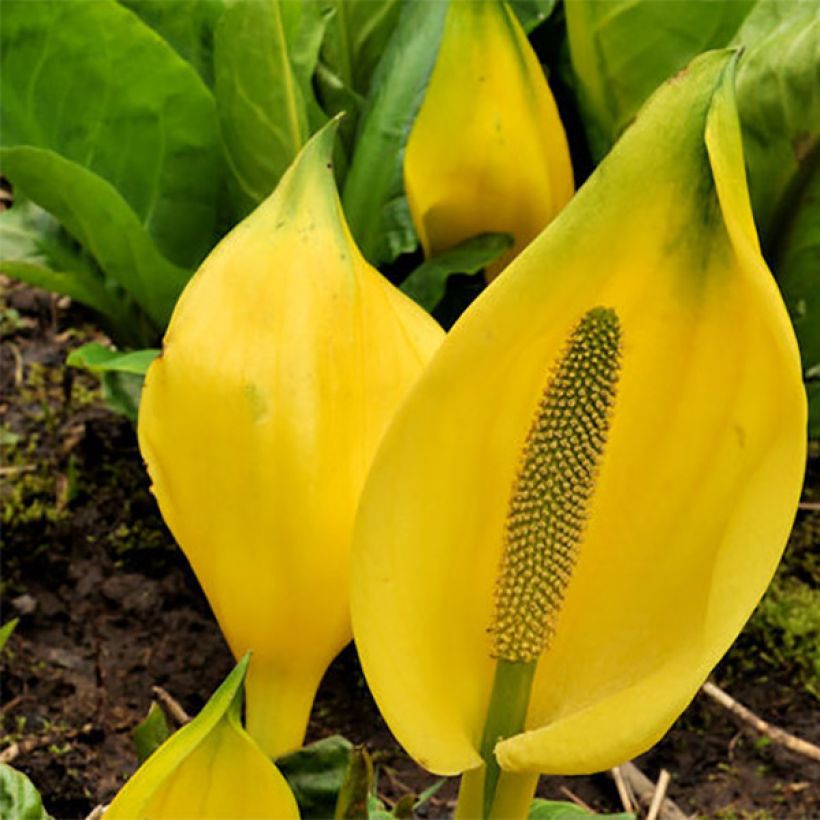

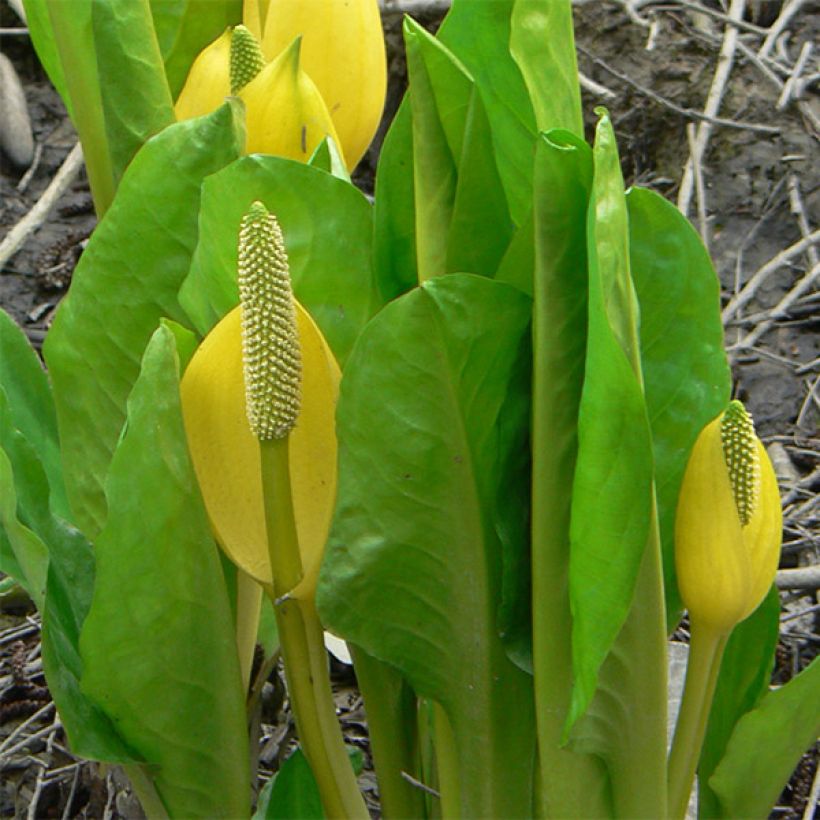

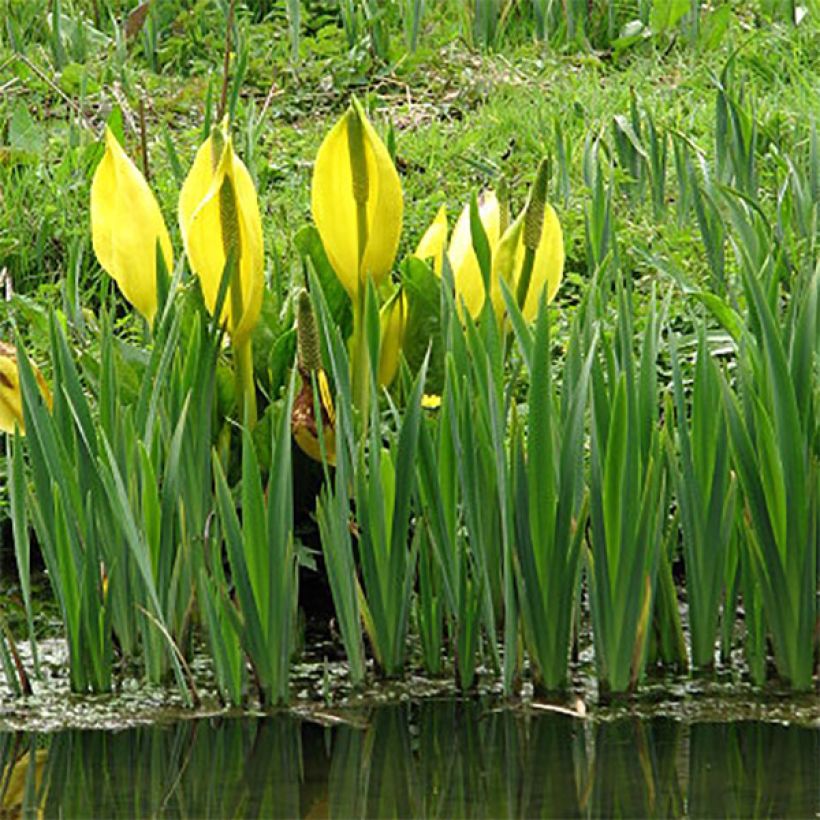

Flowering
Foliage
Plant habit
Botanical data
Lysichitum
americanus
Araceae
Yellow Skunk Cabbage
North America
Other Perennials A to Z
Planting and care
Lysichiton americanus is a hardy perennial plant with a robust stump, but with a very slow growth rate. It takes at least 10 years of undisturbed cultivation to become spectacular. However, once established, your great-grandchildren will still enjoy it. This hardy plant is adapted to a moist climate. It can withstand temperatures as low as -20°C (-4°F) in winter. It thrives ideally on the banks of a body of water or a stream. Plant it from March to the end of May, in deep soil rich in organic matter with an acidic tendency (pH 6 to 7.5). Plant it deeply. Be careful when transplanting as the roots are fragile and brittle. It takes two or three years to settle. Choose a sunny or partially shaded exposure. Keep the soil moist if you plant it in open ground. You can also plant it in a pond, in water up to a maximum depth of 10cm (4in. Provide compost and turf, and use slug repellent for plants in open ground. This home-loving plant likes very moist soils, or even temporarily submerged ones. This vigorous plant also needs space. Where the two species L. camtschatcensis and L. americanus grow together, a vigorous sterile hybrid with a cream-coloured inflorescence may appear. Remove damaged or dying leaves before the winter period.
Planting period
Intended location
Care
-
, onOrder confirmed
Reply from on Promesse de fleurs
Aquatic plants
Haven't found what you were looking for?
Hardiness is the lowest winter temperature a plant can endure without suffering serious damage or even dying. However, hardiness is affected by location (a sheltered area, such as a patio), protection (winter cover) and soil type (hardiness is improved by well-drained soil).

Photo Sharing Terms & Conditions
In order to encourage gardeners to interact and share their experiences, Promesse de fleurs offers various media enabling content to be uploaded onto its Site - in particular via the ‘Photo sharing’ module.
The User agrees to refrain from:
- Posting any content that is illegal, prejudicial, insulting, racist, inciteful to hatred, revisionist, contrary to public decency, that infringes on privacy or on the privacy rights of third parties, in particular the publicity rights of persons and goods, intellectual property rights, or the right to privacy.
- Submitting content on behalf of a third party;
- Impersonate the identity of a third party and/or publish any personal information about a third party;
In general, the User undertakes to refrain from any unethical behaviour.
All Content (in particular text, comments, files, images, photos, videos, creative works, etc.), which may be subject to property or intellectual property rights, image or other private rights, shall remain the property of the User, subject to the limited rights granted by the terms of the licence granted by Promesse de fleurs as stated below. Users are at liberty to publish or not to publish such Content on the Site, notably via the ‘Photo Sharing’ facility, and accept that this Content shall be made public and freely accessible, notably on the Internet.
Users further acknowledge, undertake to have ,and guarantee that they hold all necessary rights and permissions to publish such material on the Site, in particular with regard to the legislation in force pertaining to any privacy, property, intellectual property, image, or contractual rights, or rights of any other nature. By publishing such Content on the Site, Users acknowledge accepting full liability as publishers of the Content within the meaning of the law, and grant Promesse de fleurs, free of charge, an inclusive, worldwide licence for the said Content for the entire duration of its publication, including all reproduction, representation, up/downloading, displaying, performing, transmission, and storage rights.
Users also grant permission for their name to be linked to the Content and accept that this link may not always be made available.
By engaging in posting material, Users consent to their Content becoming automatically accessible on the Internet, in particular on other sites and/or blogs and/or web pages of the Promesse de fleurs site, including in particular social pages and the Promesse de fleurs catalogue.
Users may secure the removal of entrusted content free of charge by issuing a simple request via our contact form.
The flowering period indicated on our website applies to countries and regions located in USDA zone 8 (France, the United Kingdom, Ireland, the Netherlands, etc.)
It will vary according to where you live:
- In zones 9 to 10 (Italy, Spain, Greece, etc.), flowering will occur about 2 to 4 weeks earlier.
- In zones 6 to 7 (Germany, Poland, Slovenia, and lower mountainous regions), flowering will be delayed by 2 to 3 weeks.
- In zone 5 (Central Europe, Scandinavia), blooming will be delayed by 3 to 5 weeks.
In temperate climates, pruning of spring-flowering shrubs (forsythia, spireas, etc.) should be done just after flowering.
Pruning of summer-flowering shrubs (Indian Lilac, Perovskia, etc.) can be done in winter or spring.
In cold regions as well as with frost-sensitive plants, avoid pruning too early when severe frosts may still occur.
The planting period indicated on our website applies to countries and regions located in USDA zone 8 (France, United Kingdom, Ireland, Netherlands).
It will vary according to where you live:
- In Mediterranean zones (Marseille, Madrid, Milan, etc.), autumn and winter are the best planting periods.
- In continental zones (Strasbourg, Munich, Vienna, etc.), delay planting by 2 to 3 weeks in spring and bring it forward by 2 to 4 weeks in autumn.
- In mountainous regions (the Alps, Pyrenees, Carpathians, etc.), it is best to plant in late spring (May-June) or late summer (August-September).
The harvesting period indicated on our website applies to countries and regions in USDA zone 8 (France, England, Ireland, the Netherlands).
In colder areas (Scandinavia, Poland, Austria...) fruit and vegetable harvests are likely to be delayed by 3-4 weeks.
In warmer areas (Italy, Spain, Greece, etc.), harvesting will probably take place earlier, depending on weather conditions.
The sowing periods indicated on our website apply to countries and regions within USDA Zone 8 (France, UK, Ireland, Netherlands).
In colder areas (Scandinavia, Poland, Austria...), delay any outdoor sowing by 3-4 weeks, or sow under glass.
In warmer climes (Italy, Spain, Greece, etc.), bring outdoor sowing forward by a few weeks.

































